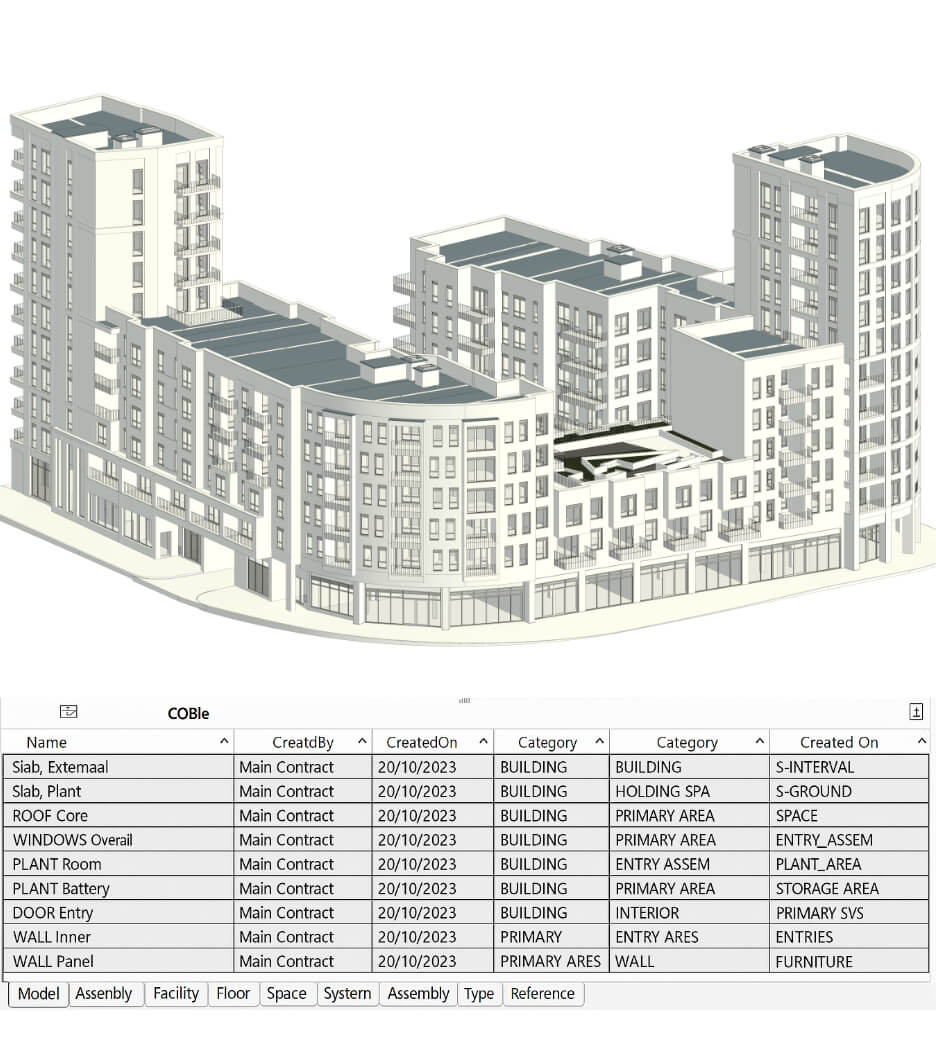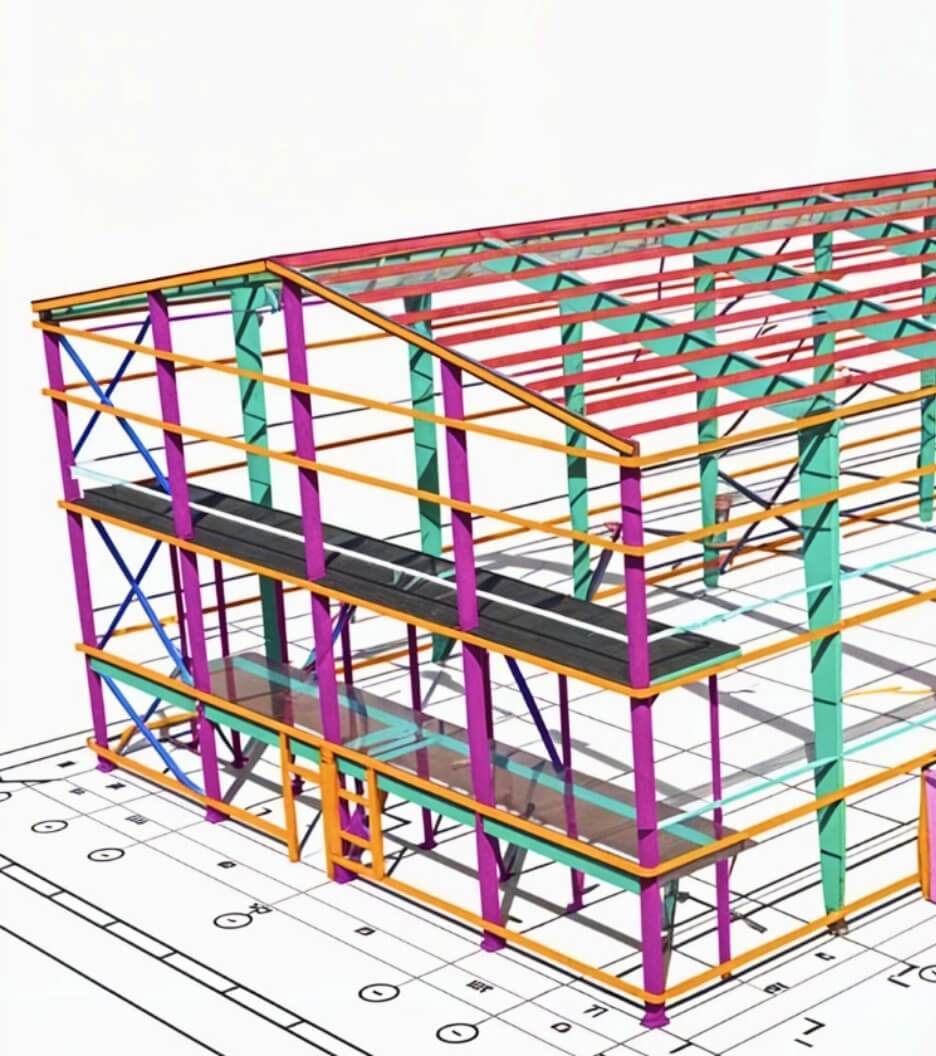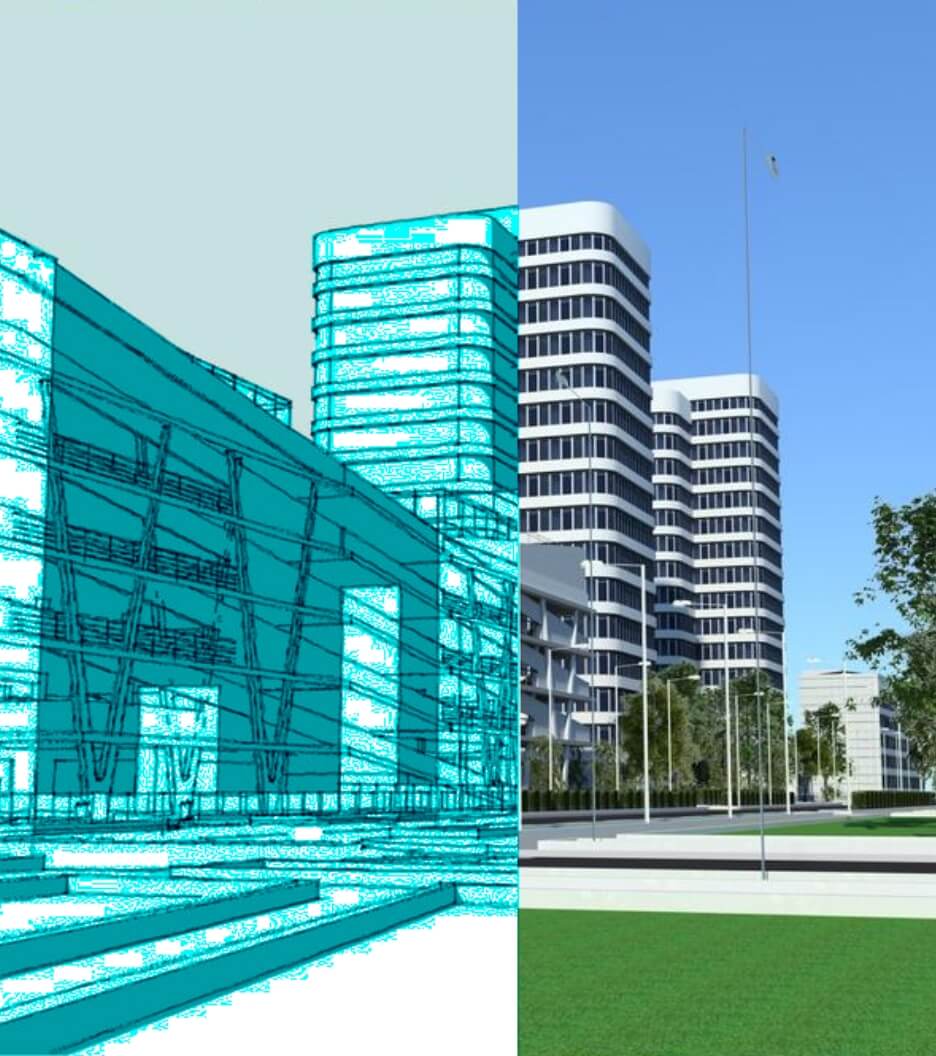 Rahul Dogra
Rahul DograDigital Construction with the Role of Scan to BIM in Project Management
 Rahul Dogra
Rahul Dogra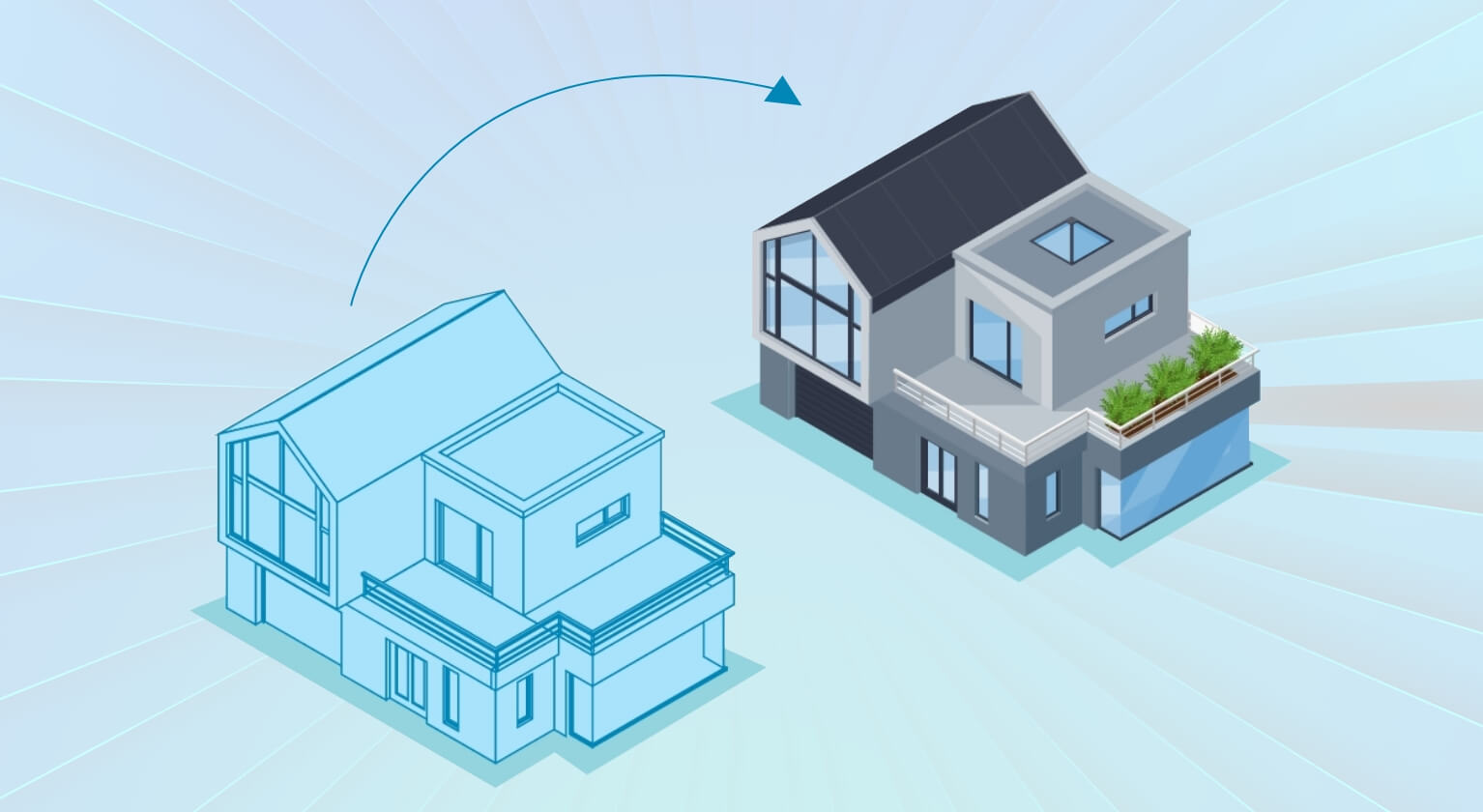
Send Us Your Requirement
The design and construction industry today has varied tools and technological solutions that help the AEC sector provide accurate and efficient end results. Moreover, the AEC industry always has a fast changing dynamics in terms of technology & services that ensures the complex process of construction turns into simplified form with minor details of accuracy. In fact, even today, innovation in the industry continues to reshape the methodologies of design, planning, execution, and maintaining building throughout the lifecycle.
In the modern state of architecture, digitization construction has become one of the trends today. With the help of the latest technologies and tools, the construction sector has become more marvelous than before. In simple terms, digitization in the construction sector is multi-sided as it involves digital tools, digital project communication, digital automation processes, and much more.
For Enhanced and Accurate Refurbishment Projects
Talk to our Experts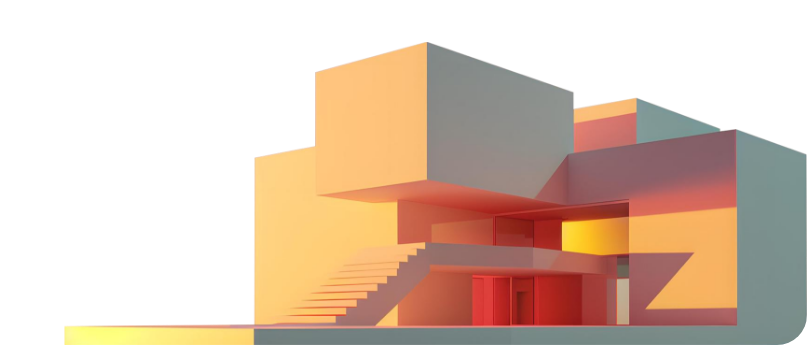
Digital Construction in Detail
To be precise, digital tools are gradually becoming popular in the AEC sector, which is proof that the construction industry’s future is digital. With help of new state of the art tools and emerging technologies, AEC has gradually transformed from pencil sketches to 2D to 3D modeling. With the wave of digitization in the AEC industry, it offers numerous benefits and promising opportunities.
- Simpler processes in construction
- Improvised environmental performance of building
- Automated processes
- Faster workflow
With plentiful benefits, digital construction includes digital tools, which result in modification of planning, implementation of the process, and execution of the entire project with accuracy. Today, in a rapidly changing era, the current digitization trends in the AEC sectors are;
- Building information modeling technology
- Robotics in Construction
- Drones
- Laser Scan to BIM
- 3D printing
The digitization of the construction industry is basically defined as universal processes on the internet, which vary from planning and execution to documentation and communication, keeping the AEC professionals on the same page. Among the new and vital processes is Scan to BIM technology, which creates a visual replica of the existing structure and captures some intricate details that are out of the reach of the human eye. That is the power of Scan to BIM modeling.
Breaking Down the Scan to BIM Technology in Construction Project
To start with, scan to BIM, popularly known as point cloud to BIM, is a groundbreaking technology in the AEC sector. It has become a game changer in the industry that entails plentiful benefits to the AEC professionals. Scan to BIM is commonly used for renovation, refurbishment, and remodeling projects; however, its advantages aren’t limited to that. Scan to BIM services have extended capabilities of operating and managing building assets for facility management. Not only that but there are numerous reasons to adopt scan to BIM services to execute the construction project accurately. This marvel technology is integrated with building information modeling (BIM), which is usually defined as a digital representation of the building in a 3D model. This allows architects, design teams, stakeholders, and facility managers to engage with virtual walkthroughs of the project. As a matter of fact, Scan to BIM allows BIM managers, project managers, and facility managers to manage, coordinate and share the data regarding the project. Moreover, this technology has a series of advantages in construction projects as follows;
- Accuracy and Sustainability in Construction
- Cost Effective
- Elimination of Potential Errors
- Clash Detection
- Time Saving
Scan to BIM technology has revolutionized the way renovations and remodeling of existing structures. However, it is one of the most common uses of point cloud to BIM. Apart from that, this game-changer technology is also used for facilities management, historic preservation, and as-built documentation. Further, let’s deeply understand how to scan to BIM facilitates facility managers.
Scan to BIM’s Facilitation for Facility Management
For a concise idea, facility management begins after the construction phase is completed. As a matter of fact, facility management is a continuous process throughout the lifecycle of the building. Primarily, it can be defined as optimal management of the asset and the content, which involves equipment, spaces, furnishing, and much more. Besides, it plays a pivotal role in the entire project as the building can only function with facility management, which is integrated with business administration, asset management, maintenance of the building, renovation and refurbishment via laser scan to BIM, and contract management.
When it comes to refurbishment or renovation of the building, scan to BIM services enables facility managers to quickly capture the complex geometry of the building, including assets such as power elements, machinery components, and more. As a matter of fact, it supports and provides accurate data by structuring the building’s requirements and existing conditions. Scan to 3D model delivers a consistent and informative database to owners and facility managers in terms of technical and functional values. Some of the perks availed through are:
Scan to BIM’s Facilitation for Facility Management
Diminished risk
Precise Scheduling
Asset Consistency
Data Accuracy
Enhanced Coordination
Better Decision Making
Better Project Transparency
Wrapping Up
Point cloud to BIM services has transformed the AEC sector in various aspects, especially for facility managers to generate and get an in-depth view of the building, equipment, or remodeling of the facility. Through the digitized storage database, facility managers and other AEC professionals can have easy access to the data that enables them to keep everyone on the same page and make informed decisions.
